NIL
‘New’ NIL rules good or bad for Buckeyes?
When Ohio State athletics boss Ross Bjork took the stage last week and clued us in on all the new NIL rules, what did you think? How will the Buckeyes fare in the updated era? Can they remain atop the food chain? Is it … you know … good to be King? We welcome in […]
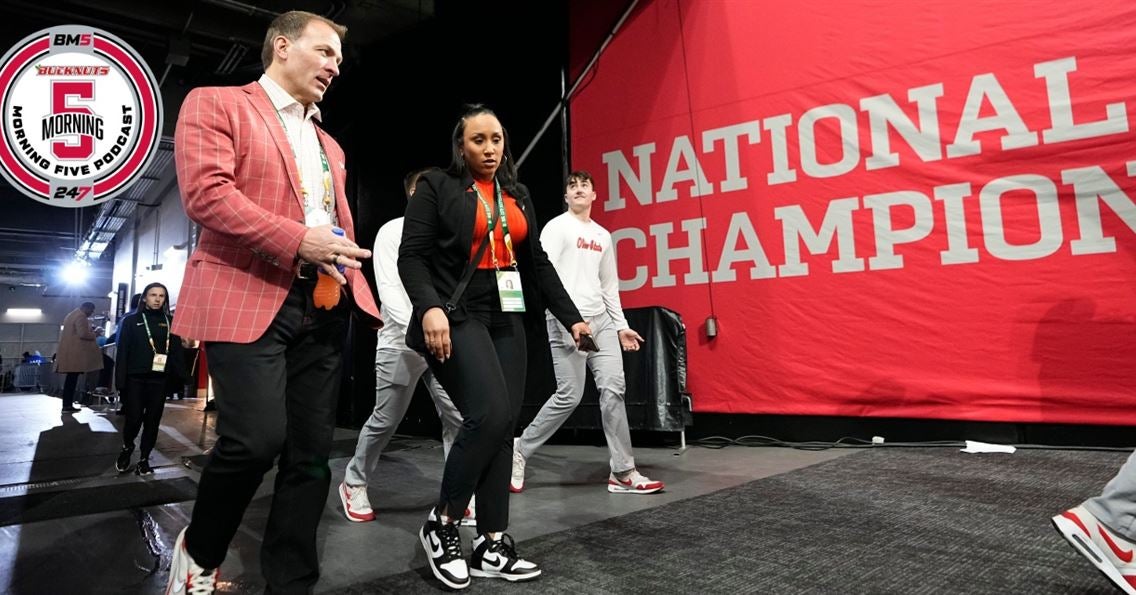
When Ohio State athletics boss Ross Bjork took the stage last week and clued us in on all the new NIL rules, what did you think?
How will the Buckeyes fare in the updated era? Can they remain atop the food chain? Is it … you know … good to be King?
We welcome in The People’s Champ – Matt Baxendell – to dive deep on all the changes and possible ramifications.
How will it all look when practically applied by the NCAA and sheriffed by Deloitte, a multinational professional services network and one of the Big Four accounting firms?
Is the city of Columbus now THE ideal college town (if it wasn’t already)?
What other programs are in a similar spot to Ohio State?
In the end … is it good or bad for the Buckeyes?
Spend 5ish with us this a.m., ‘Nutters!
What’s next for the Buckeyes? Make sure you’re in the loop — take five seconds to sign up for our FREE Buckeyes newsletter now!
FOR YOUR LISTENING PLEASURE
The Bucknuts Morning 5 is available on Apple Podcasts, Spotify, YouTube and more:
* Click here to listen to the show via Apple Podcasts.
* Click here to listen to the show on Spotify.
* Click here to listen on YouTube.
* Click here to listen to the show as an MP3 file on your computer, tablet or phone.
* Or listen directly to our Megaphone embed atop this page.
NIL
Jay Johnson identifies multiple moments that showed him how special this LSU team was on title run
The LSU baseball team turned into a juggernaut in 2025, but that’s not to say it was always destined to win a championship. Those are earned, often painstakingly. Still, there were signs for coach Jay Johnson early on that he had a team that could win it all. It all had to do with how […]

The LSU baseball team turned into a juggernaut in 2025, but that’s not to say it was always destined to win a championship. Those are earned, often painstakingly.
Still, there were signs for coach Jay Johnson early on that he had a team that could win it all. It all had to do with how his guys bounced back from early adversity.
“I think there was a few things that stuck out to me,” Johnson said on the Mik’d Up With Mikie Mahtook podcast. “No. 1 after we lost our first game to Omaha — and we played pretty dominant through like the first five games — and then we lost a game maybe we shouldn’t have, weird day with the wind blowing in and that sort of deal, and we actually had to play a double-header right after that.
“And I kind of challenged them like, ‘Hey, a lot of times you know what you have right after you lose your first game of the season and how you respond to that.’ Well we went out and won 12-1, played great. Then after that we won 17 games in a row.”
Take one look at LSU’s season schedule and you can see the streakiness. A loss here and there, sprinkled in amongst some huge winning streaks.
“That streak I think got broke at Texas and we lost two in a row, they beat us in the series,” Johnnson recalled. “Which was a very beneficial series for us. I learned a lot about what we needed to do from there, from that series. And then we won like nine in a row right after that. Mississippi State, playing late at night, all those types of things.
“Then you look up and we’ve won 26 of 28 against a pretty good schedule, like, man, there’s something to this. Then we got swept in three tough games at Auburn. They didn’t blow us out, but they beat us. Then we responded well to that.”
Eventually, LSU piled up enough wins that it put itself in a favorable position to do some serious damage in the postseason. The team earned a No. 6 seed nationally, giving it the right to host through the Super Regionals if it kept winning.
That proved tricky. Arkansas-Little Rock pushed LSU to a winner-take-all game in the Baton Rouge Regional.
You can probably guess at this point how the Tigers responded. With aplomb, naturally.
“Every time they got challenged, like we got off the mat quickly and didn’t really spiral or those types of things,” Johnson said. “So it was like that consistency is kind of the hallmark that I’m really proud of. Because you just, you’re going to get bloodied in this thing. It’s baseball No. 1, it’s the SEC No. 2. Nobody’s getting through it perfectly, but I thought they did about as good a job as you could to responding to adversity. And there was no complacency ever.
“I felt like they had this quality of like, and I say this to them, but it’s really hard to get to this, it’s like we’re not validated by our record or what anybody says about us, but like can we do this college baseball program thing as good as it possibly could be done? In every facet of it. I thought they were really bought into that and I think it showed in their ability to be consistent.”
NIL
Ranking All 18 Women's Big Ten Transfer Classes
The skinny: Purdue may have finished in the bottom four of the Big Ten in 2024-25, but coach Katie Gearlds is bringing in the conference’s top transfer class. Feldman, Henderson and Nya Smith were mid-major stars and double-digit contributors at past stops. Feldman was a first-team All-Big Sky selection this past season, while Henderson was […]
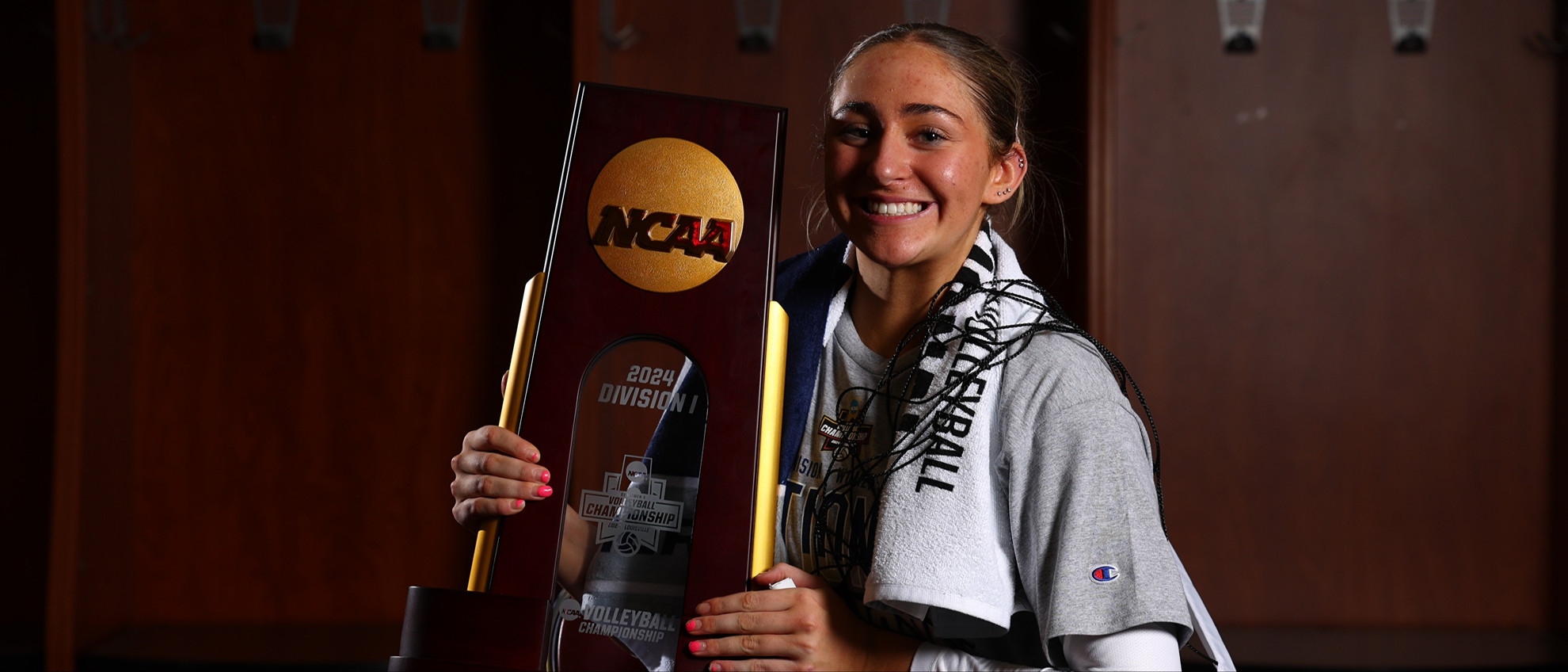
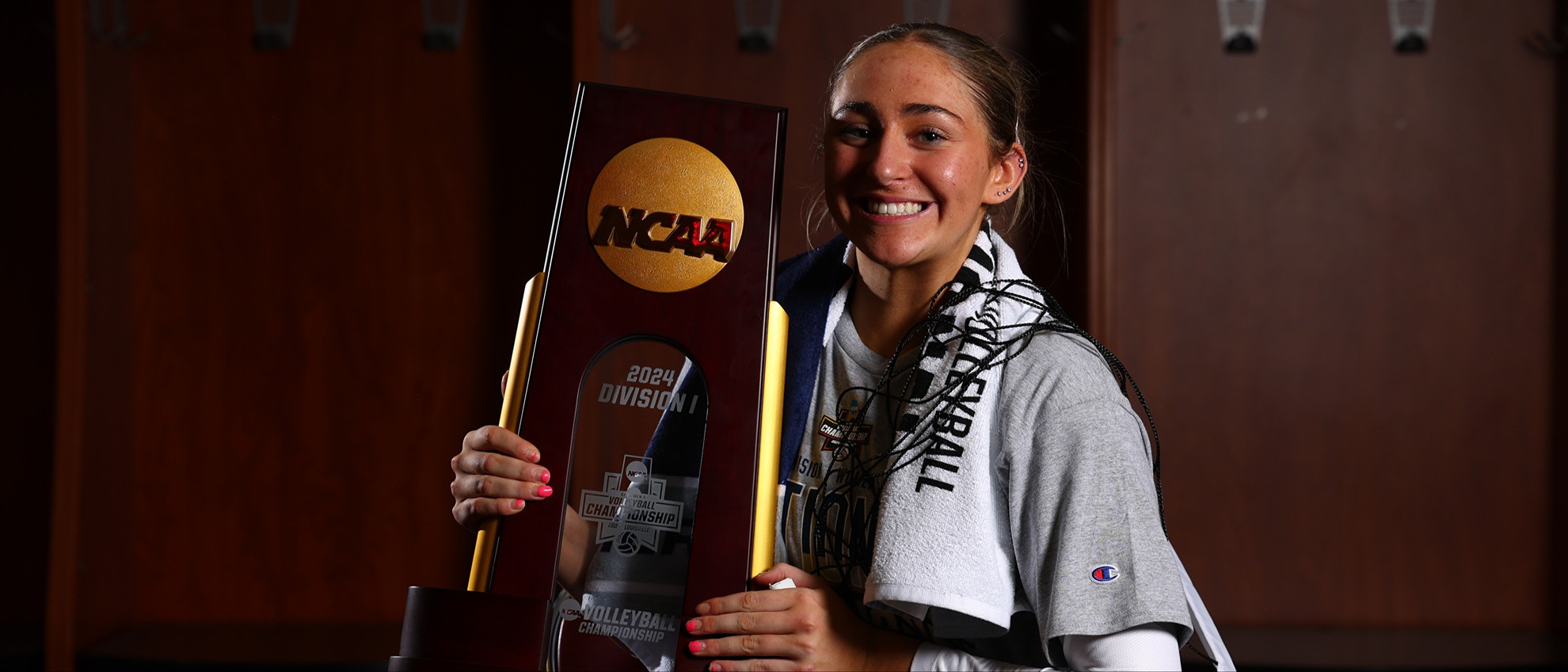
The skinny: Purdue may have finished in the bottom four of the Big Ten in 2024-25, but coach Katie Gearlds is bringing in the conference’s top transfer class. Feldman, Henderson and Nya Smith were mid-major stars and double-digit contributors at past stops. Feldman was a first-team All-Big Sky selection this past season, while Henderson was the SoCon’s Rookie of the Year. Kiki Smith, the 2024 NJCAA DI Women’s Player of the Year, will bring invaluable high-major experience after a breakout season at Arkansas. Daye is a well-rounded veteran after three seasons in the Big East with St. John’s. Expect Stahl to have a significant interior impact coming off a season in which she averaged 7.4 points and 7.2 rebounds.
2. Wisconsin
Incoming transfers: Shay Bollin, 6-foot-3 graduate senior forward (Illinois); Kyrah Daniels, 6-foot junior wing (Missouri State); Destiny Howell, 6-foot graduate senior wing (Howard); Gift Uchenna Okeke, 6-foot-3 senior forward (Southern Illinois); Laci Steele, 5-foot-11 junior wing (NC State); Breauna Ware, 5-foot-7 redshirt junior guard (Stony Brook).
The skinny: Wisconsin didn’t fare much better than Purdue in 2024-25, but will look to rebound with a transfer class that has the potential to help the Badgers possess one of the top offenses in the Big Ten. Uchenna Okeke was a two-way machine in the frontcourt for Southern Illinois, averaging 14.5 points, 12.8 rebounds and 2.1 blocks. Ware flourished at Stony Brook this past season, contributing 14.7 points per game and leading the Seawolves in three-point shooting at 35 percent. Howell was a three-time All-MEAC selection, the conference player of the year in 2022-23 and looks ready for a high-major opportunity. Daniels was key in lifting Missouri State to an MVC regular-season championship in 2024-25, averaging 12.0 points, 5.1 rebounds and 2.3 assists. If Bollin and Steele can prove effective high-major contributors, the Badgers will have several new offensive weapons and depth as well.
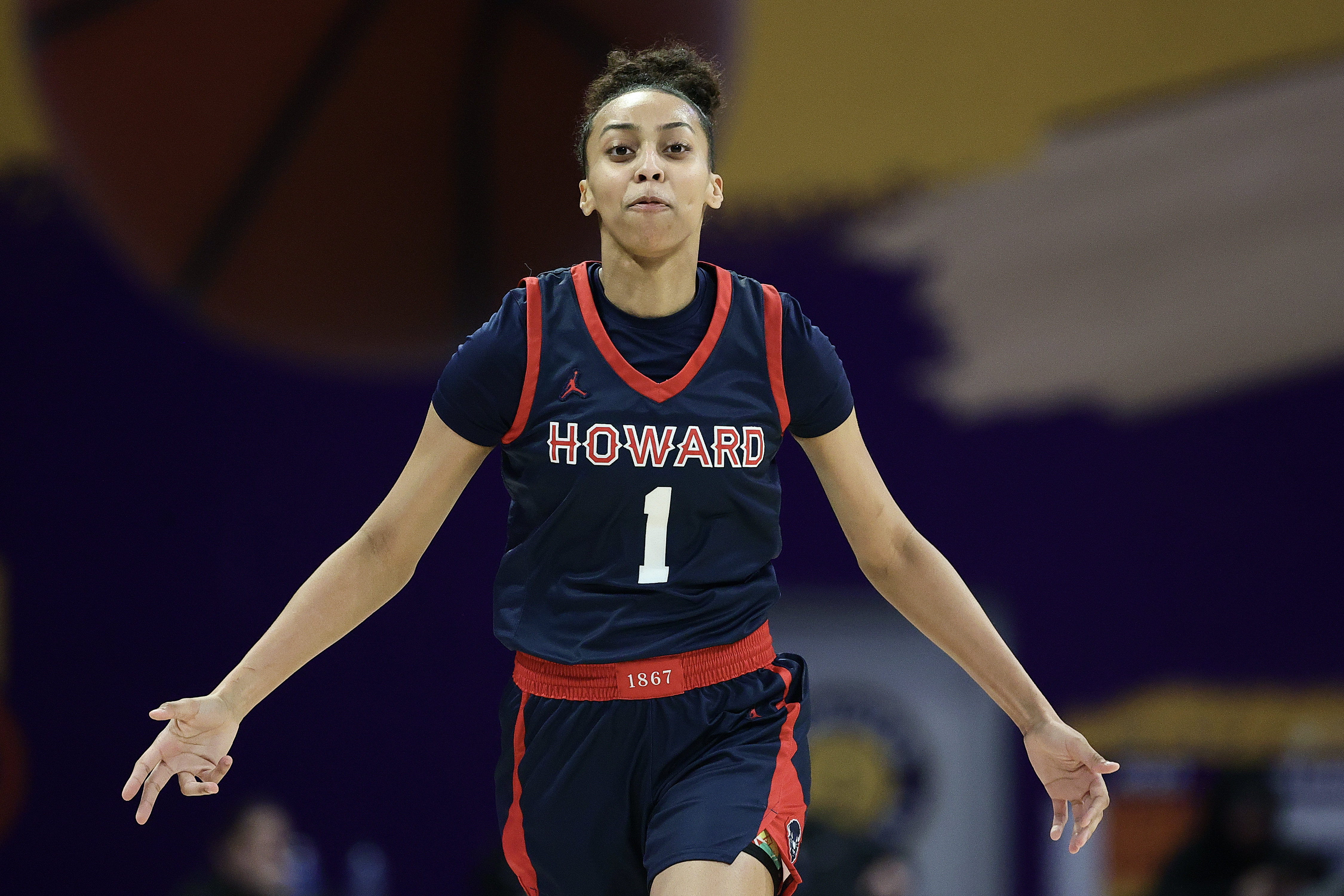
Former MEAC Player of the Year Destiny Howell joins the Badgers
Getty Images
3. Rutgers
Incoming transfers: Faith Blackstone, 6-foot graduate senior guard (Stephen F. Austin); Kaylah Ivey, 5-foot-8 graduate senior guard (Boston College); Imani Lester, 6-foot-3 junior forward (Kansas State); Nene Ndiaye, 6-foot-1 junior forward (Boston College); Yacine N’Diaye, 6-foot-4 junior forward (UNC Greensboro); Lauryn Swann, 5-foot-7 sophomore guard (Arizona).
The skinny: Despite losing star freshman Kiyomi McMiller in the portal, this offseason still can be viewed as a success for Rutgers. McMiller’s production will be difficult to replace, but Blackstone is a great start. She started her career at Syracuse, but really emerged with Stephen F. Austin this past season. Swann was a Big 12 All-Freshman selection in 2024-25, averaging 8.0 points per game on 39 percent shooting from three. Expect her to see an increase in minutes with the Scarlet Knight. The Boston College duo and Lester transfer in from high majors in search of additional playing time. Lastly, N’Diaye brings size and gives Rutgers possibly the biggest frontcourt rotation in the conference to pair with its strong backcourt talent.
4. Michigan State
Incoming transfers: Jalyn Brown, 6-foot-1 senior wing (Arizona State); Marah Dykstra, 6-foot-2 senior forward (Montana State); Rashunda Jones, 5-foot-8 junior guard (Purdue).
The skinny: In addition to maintaining a core of the group that helped carry Michigan State to a fifth-place finish in the Big Ten, the Spartans added a trio of scorers. Joining former Big Ten Sixth Woman of the Year Theryn Hallock in the backcourt will be Jones, who brings Big Ten experience. As the primary ballhandler for the Boilermakers, she averaged 9.8 points and 3.7 assists per game. Dykstra is a two-time All-Big Sky selection and will pair well in the frontcourt alongside Spartans leading scorer Grace VanSlooten. But it’s Brown who has the potential to be the most impactful transfer for coach Robyn Fralick after a season in which she finished in the top 50 nationally in scoring at 18.0 points per game.
5. USC
Incoming transfers: Kara Dunn, 5-foot-11 senior guard (Georgia Tech); Londynn Jones, 5-foot-4 senior guard (UCLA); Dayana Mendes, 6-foot-3 sophomore forward (Washington State); Yakiya Milton, 6-foot-5 junior forward (Auburn).
The skinny: National Player of the Year JuJu Watkins is back for another season, and with her returning, USC is the favorite to repeat as regular-season champions. But two star seniors departed for the WNBA Draft, which left coach Lindsay Gottlieb to venture into the portal in search of veteran talent. Dunn, a two-time All-ACC selection, will help to replace some of that lost production; she was the Yellow Jackets’ leading scorer at 15.5 points per game. Jones and Mendes have shown flashes with successful programs and can be solid role players. And though Milton has yet to find her footing at the high-major level, her size and versatility can help fill a void left by the loss of Kiki Iriafen (6-foot-3) and Rayah Marshall (6-foot-4).
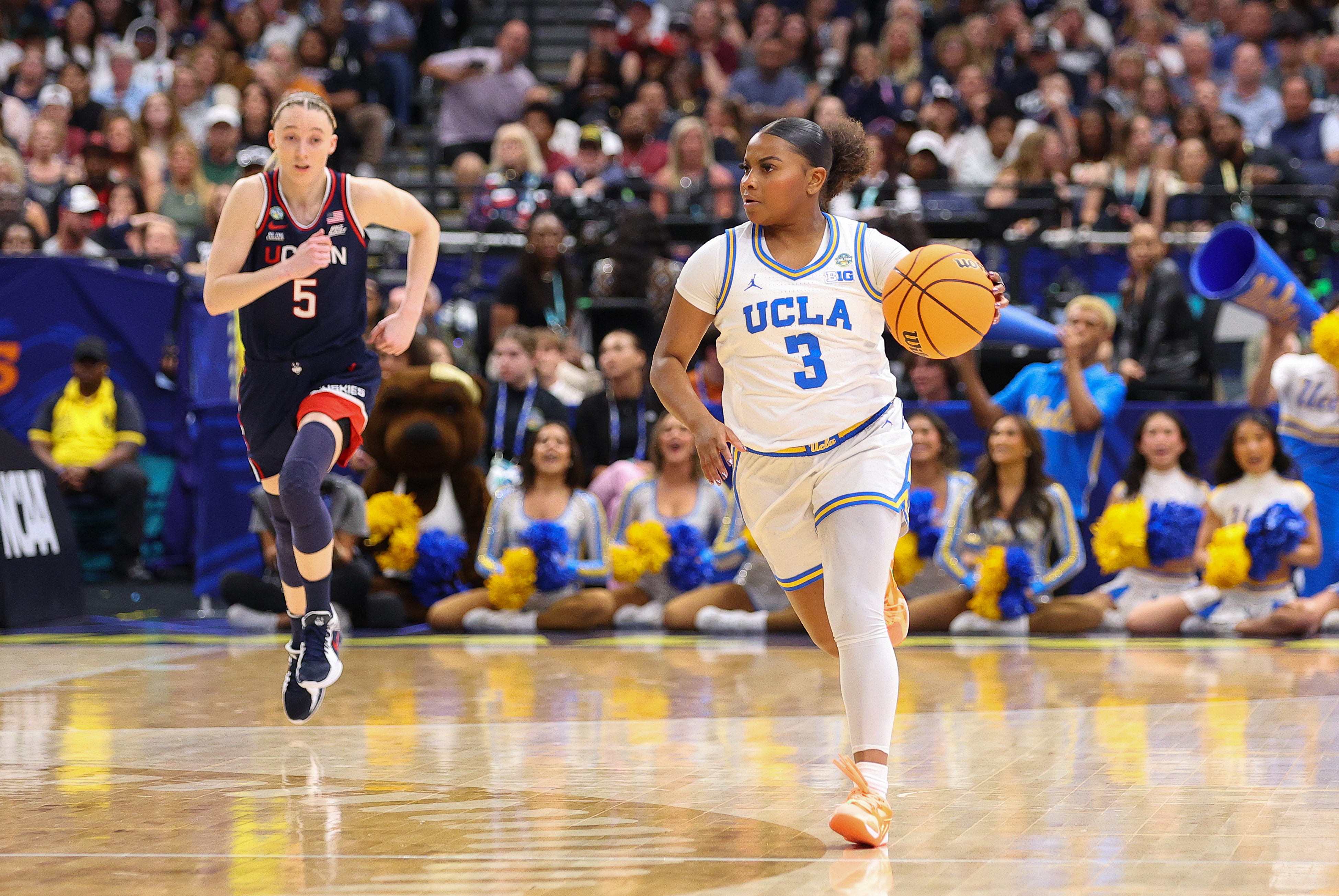
Londynn Jones makes the move across town to the Trojans from a Final Four program
Icon Sportswire via Getty Images
6. Oregon
Incoming transfers: Avary Cain, 6-foot-1 sophomore wing (UCLA); Mia Jacobs, 6-foot-2 senior forward (Fresno State); Astera Tuhina, 5-foot-9 senior guard (Washington State).
The skinny: With Oregon losing four key contributors, it was important that coach Kelly Graves be active in the portal to help rebuild this rotation. In Jacobs, the Ducks have their next star. She averaged a double-double this past season (18.3 points and 10.0 rebounds), finishing in the top 45 nationally in scoring, rebounding and double-doubles. Meanwhile, Tuhina did it all in the backcourt for Washington State: 7.8 points, 3.7 rebounds and 3.7 assists per game. Cain, a former five-star recruit, needs to prove she’s a capable high-major contributor.
7. Maryland
Incoming transfers: Yarden Garzon, 6-foot-3 senior wing (Indiana); Oluchi Okananwa, 5-foot-10 junior guard (Duke).
The skinny: Following another good season under legendary coach Brenda Frese, Maryland was able to hold onto leading scorer Kaylene Smikle and build from there. The Terrapins will look for returnees down the depth chart to step up, but the two portal additions figure to be relied upon heavily. Garzon is proven at this level and averaged 14.4 points, 5.4 rebounds and 3.2 assists and was a second-team All-Big Ten selection. Okananwa racked up awards in her two seasons at Duke: She was picked to the ACC All-Freshman Team, won ACC Sixth Woman of the Year and was selected to the 2025 ACC All-Tournament team. It’s a small transfer class, and both need to produce to help maintain the program’s level of success.
8. Michigan
Incoming transfers: Kendall Dudley, 6-foot-2 sophomore forward (UCLA); Ashley Sofilkanich, 6-foot-3 junior forward (Bucknell).
The skinny: With two of the nation’s best freshmen returning in Olivia Olson and Syla Swords, coach Kim Barnes Arico added a top-10 talent from the portal. Sofilkanich dominated on both ends in the Patriot League this past season; she averaged 19.7 points, 8.4 rebounds and 2.2 blocks, and was the league player of the year. She led the conference in scoring and blocked shots, and finished in the top 30 nationally in scoring. Sofilkanich also was ranked as the No. 10 player in the portal by TPR. The transition from the Patriot League to the Big Ten undoubtedly is a significant one, but Sofilkanich should have no problems given her talent. Dudley is a former five-star recruit, and if the Wolverines can unlock her talent, she’ll be an impactful addition in the frontcourt.
9. UCLA
Incoming transfers: Gianna Kneepkens, 6-foot graduate senior guard (Utah).
The skinny: UCLA lost a handful of valuable pieces to the portal, but they will be offset by the addition of Kneepkens, TPR’s top-ranked transfer. She was a first-team All-Big 12 selection who averaged 19.3 points per game and shot 50 percent from the field and 45 percent from three-point range. She joins a Bruins roster that already boasts star center Lauren Betts and guard Kiki Rice.
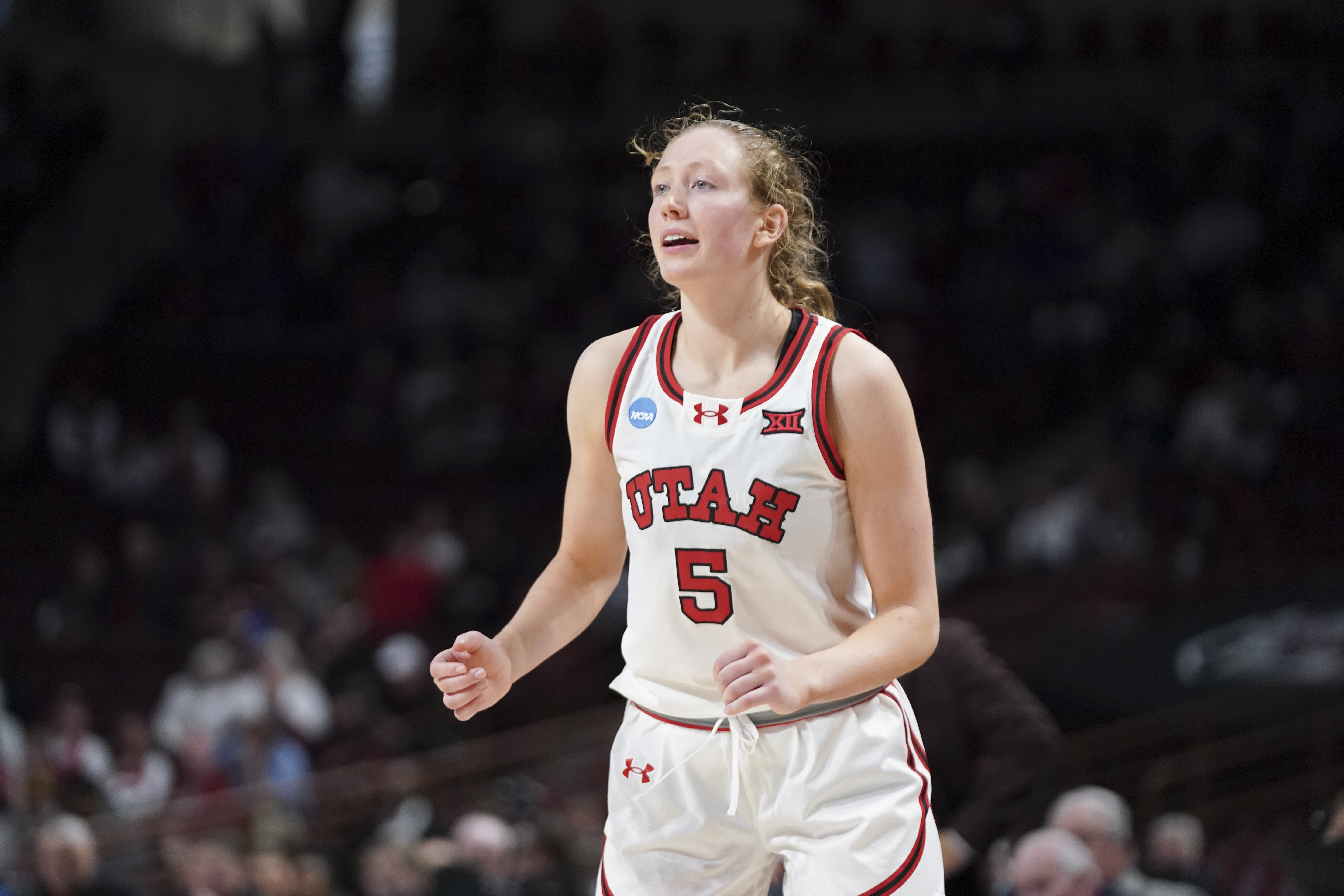
The Bruins welcome the top player in the portal class from former Pac-12 foe Utah.
Getty Images
10. Nebraska
Incoming transfers: Emily Fisher, 6-foot junior wing (Maryland); Claire Johnson, 5-foot-9 sophomore guard (Samford); Eliza Maupin, 6-foot-3 senior forward (Kansas State); Hailey Weaver, 6-foot redshirt senior guard (Northwestern).
The skinny: Nebraska managed 21 wins and an NCAA Tournament appearance in 2024-25, but with Alexis Markowski out of eligibility, the Huskers need several returnees to step up. If coach Amy Williams can get continued development and production from the likes of Britt Prince, Natalie Potts and Logan Nissley, the transfers can be key role players. Johnson is the strongest addition; she was a second-team All-SoCon pick as a freshman. Fisher and Maupin bring high-major experience, but will be expected to improve with an increase in minutes. Weaver joins Nebraska after a year off from basketball and is an experienced veteran and a versatile offensive piece.
11. Penn State
Incoming transfers: Amiya Evans, 6-foot-2 senior forward (Georgia); Kiyomi McMiller, 5-foot-8 sophomore guard (Rutgers).
The skinny: Penn State finished last in the Big Ten in 2024-25 and lost some talent to the portal, but the additions of McMiller and Evans mean the roster is shaping up to be vastly improved. Gracie Merkle and Moriah Murray return and will be joined by McMiller, who had a standout freshman season for Rutgers. She averaged 18.7 points, 4.7 rebounds and 3.0 assists per game in 21 games. Evans is a former highly touted four-star prospect who will look to finally meet the lofty expectations set for her when she signed with Georgia.
12. Illinois
Incoming transfers: Aaliyah Guyton, 5-foot-7 sophomore guard (Iowa); Gisela Segura, 5-foot-11 graduate senior wing (Long Island); Maddie Webber, 5-foot-11 junior guard (Villanova).
The skinny: Illinois lost its top three scorers, but with a highly regarded freshman class, coach Shauna Green didn’t need to invest heavily in the portal. Webber is the standout from this transfer class; she averaged a career-high 13.3 points and was a second-team All-Big East selection. She led Villanova to the semifinals of the 2025 WBIT and is ready for a big role with a more consistent high-major program. Segura brings some versatility on the offensive end and should be a respected veteran presence in a youthful locker room. Guyton will look to find her footing after stumbling at Iowa.
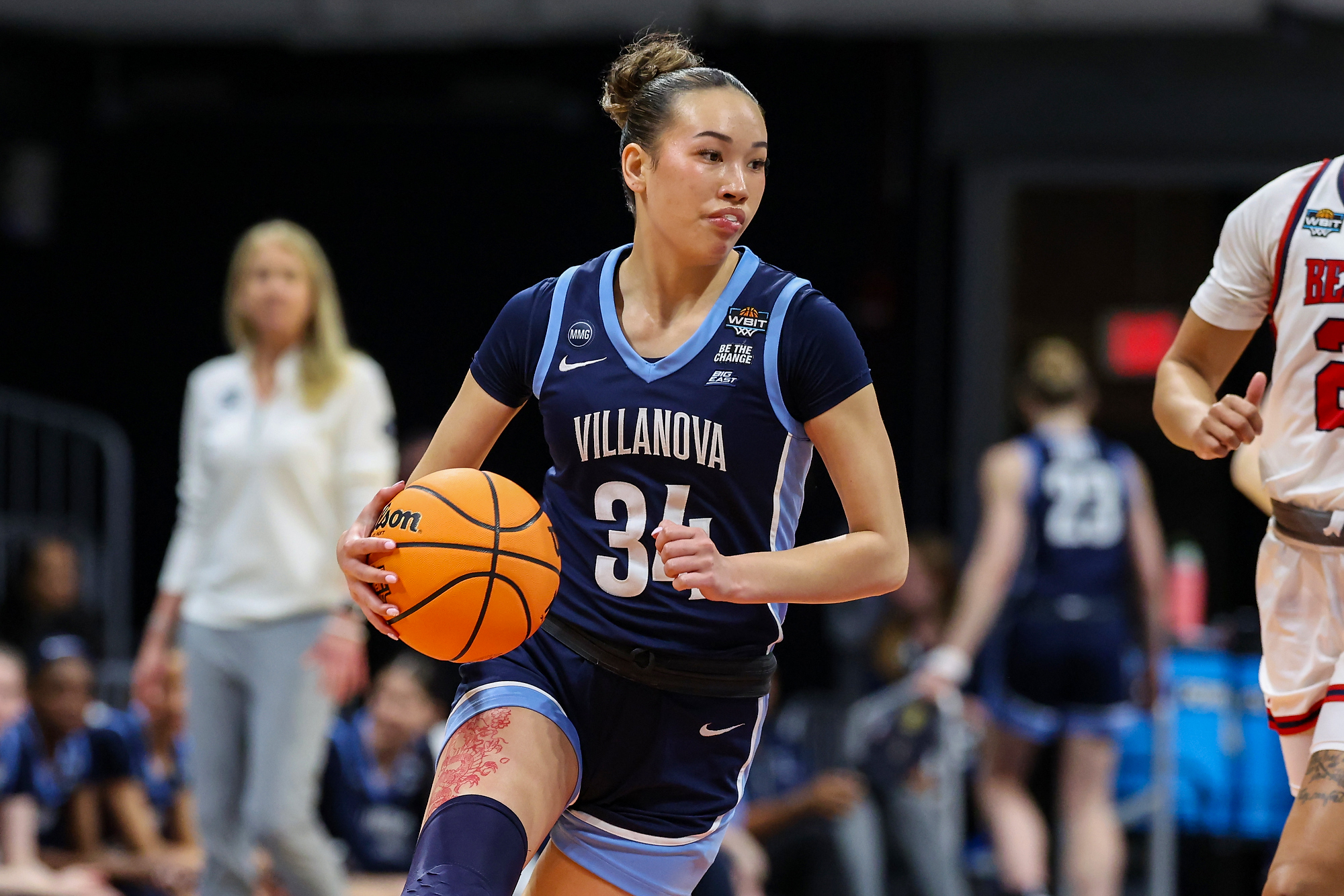
Maddie Webber took Villanova to the semifinals of the WBIT.
NCAA Photos via Getty Images
13. Iowa
Incoming transfers: Emely Rodriguez, 6-foot sophomore wing (UCF); Chazadi Wright, 5-foot-4 sophomore guard (Georgia Tech).
The skinny: Though leading scorer Lucy Olsen graduated, there’s a solid returning core that led coach Jan Jensen to opt for youth from the portal. But that doesn’t mean this duo can’t have a major impact for the Hawkeyes. Rodriguez was selected to the Big 12 All-Freshman team after averaging 11.9 points and 5.3 rebounds. Wright started 12 games and played in 33 for an NCAA Tournament team, averaging 7.2 points and 2.6 assists. It’ll be a battle for the duo to secure consistent starter minutes, but they can help the Hawkeyes achieve another 20-win season.
14. Minnesota
Incoming transfers: Tracey Bershers, 6-foot-2 graduate senior forward (UAB); Brylee Glenn, 5-foot-10 graduate senior guard (Kansas State); Finau Tonga, 6-foot-2 graduate senior forward (San Jose State).
The skinny: Minnesota kept all three double-digit scorers from this past season and did a good job of adding to a solid core. Tonga looks the part of a serviceable Big Ten forward after averaging 8.7 points and 5.2 rebounds this past season. Breshers likely will join her in the frontcourt rotation, but don’t discount her offensive profile as a 6-foot-2 forward who shot 43 percent from deep on 129 attempts in 2024-25. Glenn was competitive in her first two seasons at Kansas State. but a decline in minutes this past season saw her production decrease. Give her additional playing time and she’s a proven high-major guard, a known two-way talent and, now, an experienced veteran in Minnesota’s backcourt.
15. Washington
Incoming transfers: Yulia Grabovskaia, 6-foot-5 senior center (Michigan); Avery Howell, 6-foot sophomore guard (USC).
The skinny: Despite the return of Elle Ladine and Sayvia Sellers, the loss of 6-foot-4 senior forward Dalayah Daniels to the WNBA is a big one. To try to help replace her, the Huskies added Grabovskaia. A native of Russia, she’s steadily improved since arriving in the United States in 2023 and averaged 5.3 points and 4.1 rebounds per game this past season. Howell, on the other hand, brings notable expectations as a former top-25 prospect. Though she didn’t quite meet those expectations as a freshman, the move to Washington offers her the opportunity to carve out a role with more consistent playing time.
16. Indiana
Incoming transfers: Jerni Kiaku, 5-foot-7 senior guard (Duquesne); Zania Socka-Nguemen, 6-foot-3 sophomore forward (UCLA); Chloe Spreen, 5-foot-10 sophomore guard (Alabama); Phoenix Stotjin, 5-foot-8 sophomore guard (Arkansas); Edessa Noyan, 6-foot-3 junior forward (Virginia).
The skinny: Indiana lost leading scorer Yarden Garzon to Maryland and didn’t do much to recoup that lost production. Kiaku averaged 13.2 points per game this past season, is a former MEAC Rookie of the Year and should slot into the starting lineup. Stotjin was productive in stretches for Arkansas and should continue to develop as a sophomore. Socks-Ngueman and Spreen struggled to get consistent playing time as freshmen even though both were top-50 prospects. Similarly, Noyan hasn’t been able to find her footing after two seasons in the high-major ranks and starting 23 games for Virginia this past season.
17. Northwestern
Incoming transfers: DaiJa Turner, 6-foot-3 redshirt senior forward (TCU); Tate Walters, 5-foot-9 graduate senior guard (Furman).
The skinny: Melannie Daley, Caileigh Walsh and Taylor Williams are gone after finishing as Northwestern’s three top contributors this past season. Walters will be asked to help fill some of that production; she was a two-time All-SoCon selection who averaged 12.5 points, 4.0 rebounds and 3.7 assists per game in 2024-25. She’ll likely slot into the starting lineup. Turner looks to be more of a depth piece after making just 35 appearances in four seasons at TCU.
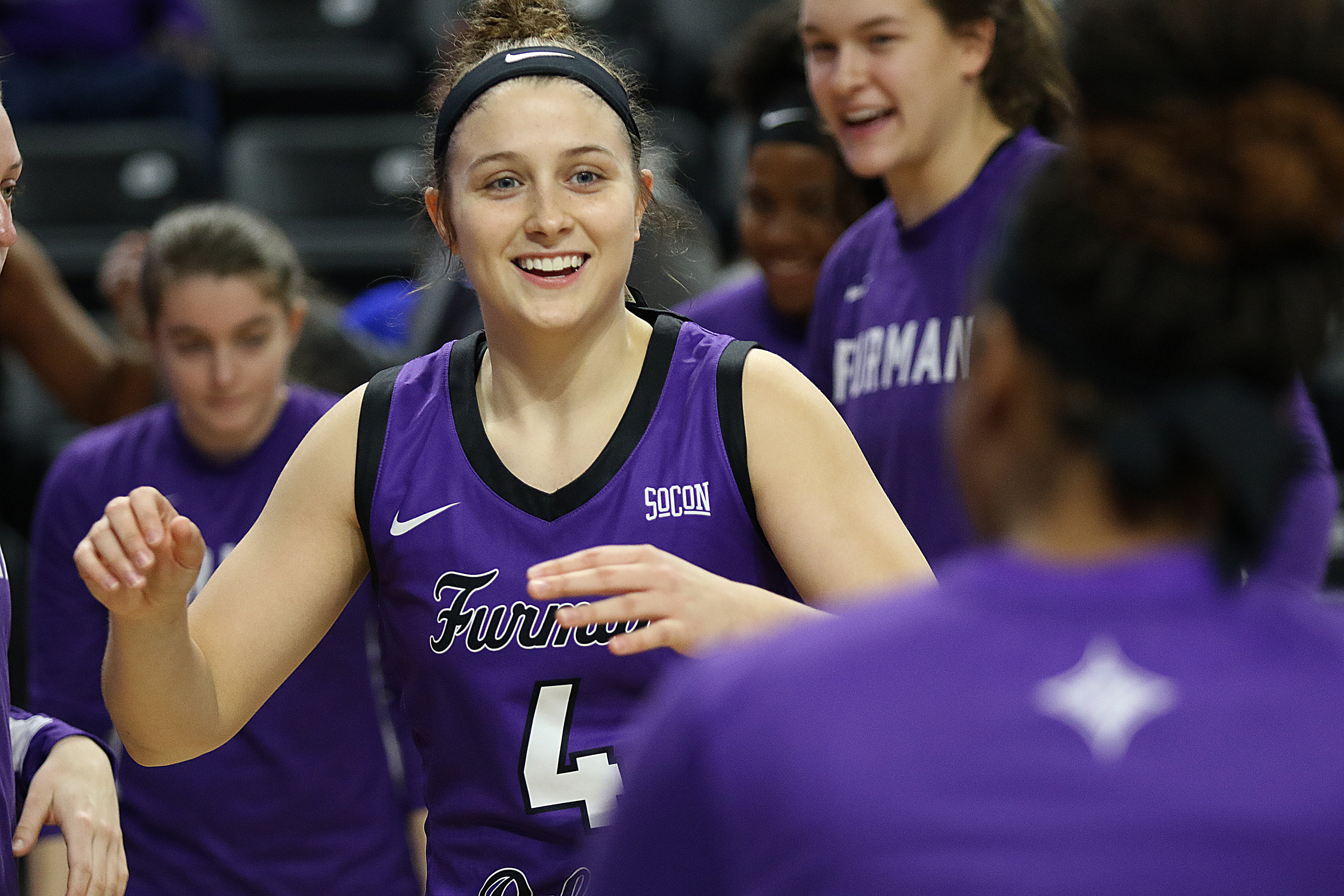
Tate Walters will asked to play a big role, likely slotting into the starting lineup.
Icon Sportswire via Getty Images
18. Ohio State
Incoming transfers: T’Yana Todd, 6-foot senior guard (Boston College); Kylee Kitts, 6-foot-4 redshirt freshman forward (Florida).
The skinny: Cotie McMahon was lost to the portal and Taylor Thierry to the WNBA, and though co-Big Ten Rookie of the Year Jaloni Cambridge remains, this roster is worse than 2024-25’s. Todd will be tasked with picking up some of the slack; she averaged 13.7 points this past season. Kitts is an intriguing case, as she reclassified to join Florida a year early, then redshirted. With a season of Division I practice experience under her belt, she has the potential to be an impactful addition.
NIL
Nick Saban’s response to latest twist in NIL should surprise no one
President Donald Trump inserted himself into the chaos of college athletics and NIL. He signed an executive order that banned third-party payments to athletes without “fair-market” contracts. Legendary broadcaster Tim Brando has already praised the new executive order, but now also from arguably college football’s greatest coach, Nick Saban, who has been desperate for this […]

President Donald Trump inserted himself into the chaos of college athletics and NIL. He signed an executive order that banned third-party payments to athletes without “fair-market” contracts. Legendary broadcaster Tim Brando has already praised the new executive order, but now also from arguably college football’s greatest coach, Nick Saban, who has been desperate for this sort of reform for a long time.
It’s not surprising to see Saban support this new executive order from the President, as he’s been one of the strongest advocates of keeping the educational aspect of college athletics as the primary focus.
NIL
July 28, 2025 – Bulldawg Illustrated
Jump To Top of Page The Pitch That Wins: “Get Paid Now, Get Rich Later” In the high-stakes world of college athletics, the University of Georgia is selling more than just a scholarship. Its pitch: “Get paid now, get rich later.” Behind the slogan lies a deliberate, long-game NIL strategy that blends smart financial allocation, culture-driven recruiting and athlete […]
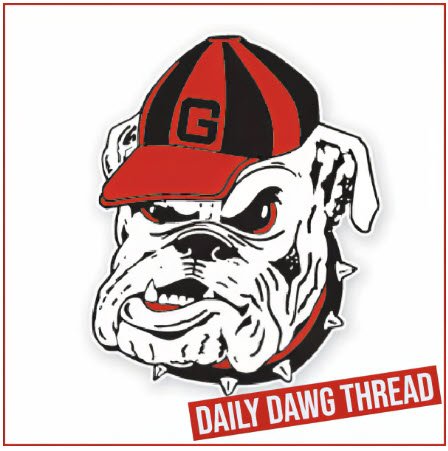
Jump To Top of Page
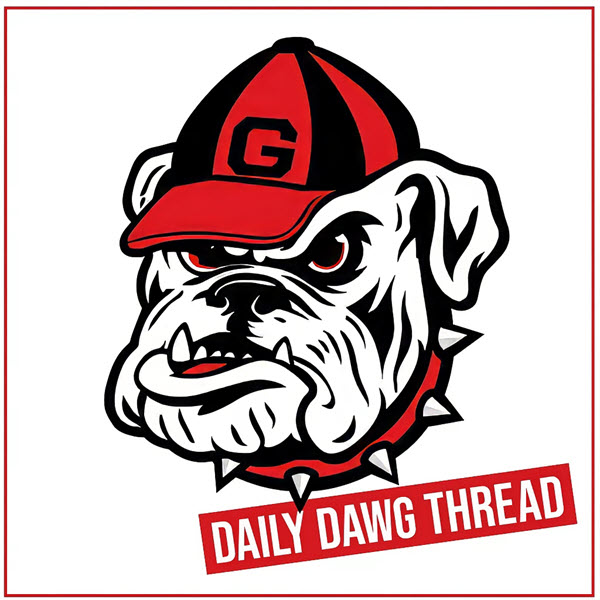
The Pitch That Wins: “Get Paid Now, Get Rich Later”

In the high-stakes world of college athletics, the University of Georgia is selling more than just a scholarship. Its pitch: “Get paid now, get rich later.” Behind the slogan lies a deliberate, long-game NIL strategy that blends smart financial allocation, culture-driven recruiting and athlete branding infrastructure.
In June 2025, Georgia Athletics teamed with Learfield Impact to launch an independent, full-service NIL agency, integrated with Georgia Bulldogs Sports Marketing. The partnership provides UGA athletes with an elite toolkit for building brands, securing endorsements, and accessing long-term income—all while remaining aligned with University systems and collective oversight.
This move builds on the Classic City Collective, a pioneering organization that helped define the University of Georgia’s NIL ecosystem. Georgia chose to keep its own collective active—unlike many peer institutions that are winding theirs down—signaling an intentional focus on “above-the-cap” compensation via legitimate marketing and licensing deals beyond the NCAA’s standard revenue-share cap of $20.5 million per year.
Head coach Kirby Smart has made Georgia’s NIL philosophy uncompromisingly clear: pay what athletes are worth—but don’t overpay, especially for early-career players. He emphasizes relationships over transactions, favoring loyalty and program fit above big short-term payouts.
Inside fan forums, supporters describe UGA’s NIL approach as consistently investing in players already in the program, rather than splurging on portal or transfer athletes or “mercenaries.” One standard analysis: “While other teams are blowing much of their NIL by signing mercenaries off the Portal, UGA is spending to keep the guys they’ve invested in via development.” That strategy aligns with the revenue-sharing cap environment: rather than maxing out a few megadeals, Georgia spreads its NIL dollars across multiple athletes, reinforcing depth, culture, and long-term value.
Georgia understands that player turnover is costly.
Recent NIL resources have been invested in retaining stars who might otherwise leave via the transfer portal. For example, when rumors swirled about player departures, UGA reportedly provided incentives to keep key contributors on the roster. That approach preserves continuity, fosters trust, and builds a team identity, contrasting with programs that chase immediate success by purchasing experienced portal talent.
During SEC Media Days, Smart acknowledged Georgia occasionally loses out on recruits due to smaller NIL packages. One high-profile case: five-star in-state defensive lineman Justus Terry chose Texas over Georgia, citing a bigger NIL offer. Yet Smart sees this as evidence—not weakness—that Georgia’s emphasis on development and suit-fit trumps transactional offers.
Despite such losses, Georgia has signed four straight top-4 recruiting classes, including the No. 1 class in 2024 and No. 2 in 2025, and leads the chase for 2026. That track record suggests the message—relationships over transactions—resonates with players of character who see UGA as a path to pro success beyond immediate NIL dollars.
With new NCAA regulations capping revenue-share at $20.5 million and banning overly big NIL contracts that resemble pay-for-play (contracts above $600 trigger scrutiny), many schools are winding down their collectives. However, Georgia is bucking that trend, doubling down on above-cap deals through brand licensure and sponsorship, rather than performance-based payouts.
On July 24, 2025, a federal executive order was signed banning third-party, booster-sourced NIL payments used as recruiting inducements, while allowing fair-market endorsement deals. That national guardrail underscores why Georgia’s carefully structured model, rooted in transparency and legitimate marketing, may be more resilient moving forward.
This multi-layered strategy serves several goals: Athlete brand building via professional marketing support. Draft prep and exposure, making players pro-ready with strong off-field platforms. Roster stability, via investments in loyalty. Competitive depth is achieved by deploying NIL across multiple players, rather than relying on a few stars. Institutional alignment, giving Georgia complete oversight and brand integration, not leaving NIL to boosters or third parties.
The payoff is both on-field dominance—back-to-back national titles—and off-field value, as Bulldogs build long-term partnerships that outlast eligibility.
Georgia’s pitch is clear: if you buy into the culture and development model—if you stay loyal and work off and on the field—today’s NIL earnings are just the start. Tomorrow brings bigger returns: professional contracts, long-term endorsement deals, and life after UGA success.
In this context, “Get Paid Now” means athletes are compensated in market-value deals early in their careers. But “Get Rich Later” reflects Georgia’s belief that successful development, exposure, national championships, and personal branding ultimately deliver far more than one-time megadeals.
UGA’s NIL strategy is not about knee-jerk, big-money deals. It is a purposeful, multi-layered plan blending institutional infrastructure, athlete support, cultural alignment, recruitment messaging, and brand partnerships. They’re selling something bigger than endorsement checks—a sustainable blueprint for success: win today, build tomorrow.
Georgia’s pitch wins by offering athletes a clear path: earn immediate NIL, but invest in development, identity, and loyalty, and you’ll “get rich later.”
Jump To Today’s Discussion Thread
NIL
TABLE
Jul 28 (Reuters)- Koei Tecmo Holdings Co., Ltd. CONSOLIDATED FINANCIAL HIGHLIGHTS (in billions of yen unless specified) 3 months ended 3 months ended Year to Jun 30, 2025 Jun 30, 2024 Mar 31, 2026 LATEST YEAR-AGO LATEST RESULTS RESULTS FORECAST Sales 14.80 17.61 92.00 (-15.9 pct) (-3.8 pct) (+10.6 pct) Operating 3.57 5.72 31.00 (-37.5 pct) (-23.8 pct) […]

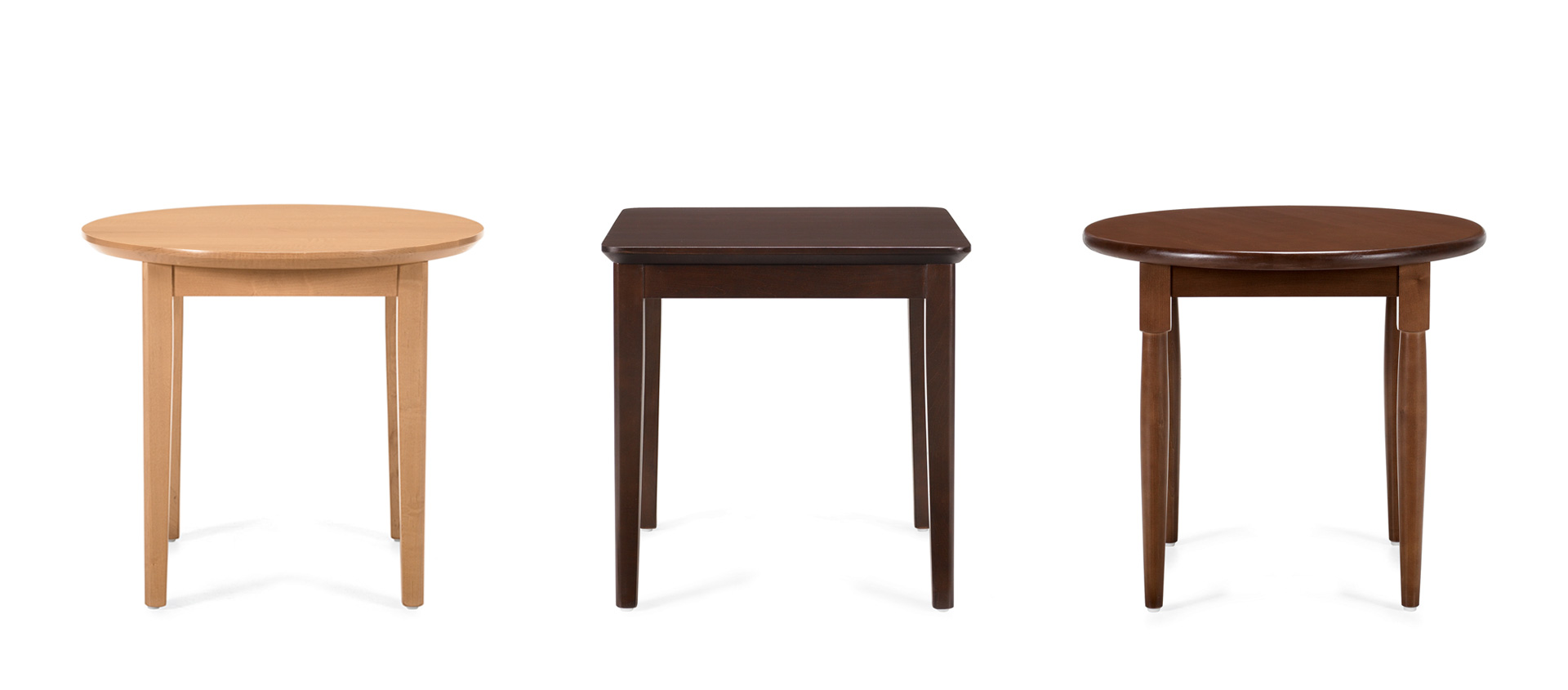

Jul 28 (Reuters)- Koei Tecmo Holdings Co., Ltd. CONSOLIDATED FINANCIAL HIGHLIGHTS (in billions of yen unless specified) 3 months ended 3 months ended Year to Jun 30, 2025 Jun 30, 2024 Mar 31, 2026 LATEST YEAR-AGO LATEST RESULTS RESULTS FORECAST Sales 14.80 17.61 92.00 (-15.9 pct) (-3.8 pct) (+10.6 pct) Operating 3.57 5.72 31.00 (-37.5 pct) (-23.8 pct) (-3.5 pct) Recurring 8.77 18.70 37.00 (-53.1 pct) (+27.3 pct) (-26.0 pct) Net 6.07 13.64 27.00 (-55.5 pct) (+29.2 pct) (-28.2 pct) EPS 19.23 yen 43.18 yen 85.49 yen EPS Diluted 19.20 yen 40.50 yen Ann Div 60.00 yen 43.00 yen -Q2 div NIL NIL -Q4 div 60.00 yen 43.00 yen NOTE – Koei Tecmo Holdings Co., Ltd.. To see Company Overview page, click reuters://REALTIME/verb=CompanyData/ric=3635.T
NIL
TABLE
Jul 28 (Reuters)- Koei Tecmo Holdings Co., Ltd. CONSOLIDATED FINANCIAL HIGHLIGHTS (in billions of yen unless specified) 3 months ended 3 months ended Year to Jun 30, 2025 Jun 30, 2024 Mar 31, 2026 LATEST YEAR-AGO LATEST RESULTS RESULTS FORECAST Sales 14.80 17.61 92.00 (-15.9 pct) (-3.8 pct) (+10.6 pct) Operating 3.57 5.72 31.00 (-37.5 pct) (-23.8 pct) […]


Jul 28 (Reuters)- Koei Tecmo Holdings Co., Ltd. CONSOLIDATED FINANCIAL HIGHLIGHTS (in billions of yen unless specified) 3 months ended 3 months ended Year to Jun 30, 2025 Jun 30, 2024 Mar 31, 2026 LATEST YEAR-AGO LATEST RESULTS RESULTS FORECAST Sales 14.80 17.61 92.00 (-15.9 pct) (-3.8 pct) (+10.6 pct) Operating 3.57 5.72 31.00 (-37.5 pct) (-23.8 pct) (-3.5 pct) Recurring 8.77 18.70 37.00 (-53.1 pct) (+27.3 pct) (-26.0 pct) Net 6.07 13.64 27.00 (-55.5 pct) (+29.2 pct) (-28.2 pct) EPS 19.23 yen 43.18 yen 85.49 yen EPS Diluted 19.20 yen 40.50 yen Ann Div 60.00 yen 43.00 yen -Q2 div NIL NIL -Q4 div 60.00 yen 43.00 yen NOTE – Koei Tecmo Holdings Co., Ltd.. To see Company Overview page, click reuters://REALTIME/verb=CompanyData/ric=3635.T
-

 College Sports3 weeks ago
College Sports3 weeks agoWhy a rising mid-major power with an NCAA Tournament team opted out of revenue-sharing — and advertised it
-

 Sports3 weeks ago
Sports3 weeks agoNew 'Bosch' spin
-

 Fashion2 weeks ago
Fashion2 weeks agoEA Sports College Football 26 review – They got us in the first half, not gonna lie
-

 Health2 weeks ago
Health2 weeks agoCAREGD Trademark Hits the Streets for Mental Health Month
-

 Sports2 weeks ago
Sports2 weeks agoVolleyball Releases 2025 Schedule – Niagara University Athletics
-

 Youtube2 weeks ago
Youtube2 weeks agoWill Giannis DEPART Milwaukee⁉️ + How signing Turner & waiving Dame impacts the Bucks | NBA Today
-
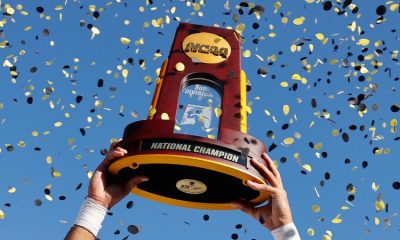
 Sports2 weeks ago
Sports2 weeks agoNew NCAA historical database provides wealth of information on championships
-
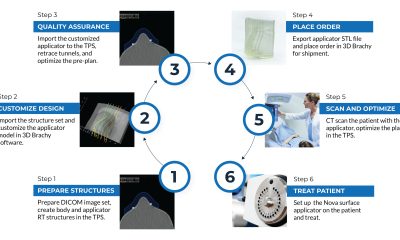
 Sports2 weeks ago
Sports2 weeks agoAdapti, Inc. (OTC
-

 College Sports2 weeks ago
College Sports2 weeks agoBuford DB Tyriq Green Commits to Georgia
-

 Youtube3 weeks ago
Youtube3 weeks agoINSANE ENDING! Pacers vs Lakers 🍿 | March 26, 2025


























